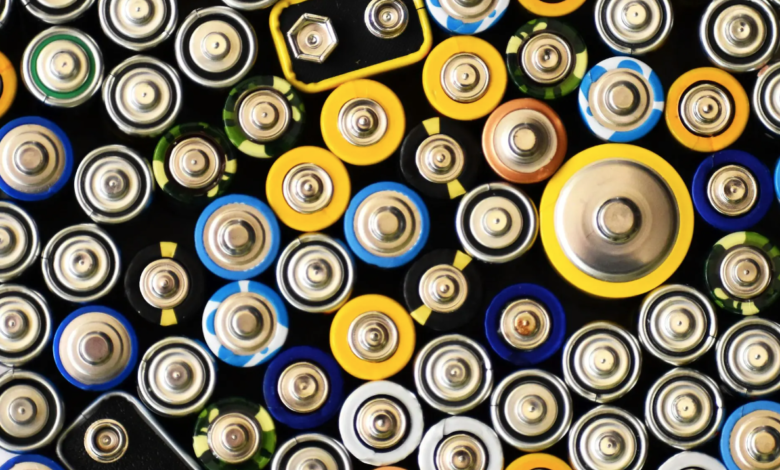Solid lithium-ion batteries, an exceptional electrolyte arrives

A lithium battery for all seasons
– To be able to make solid lithium-ion batteries would mean obtaining storage systems with a high energy density and safety. Too bad that in the practical state are several obstacles to overcome. First of all: Most polymer solid-state electrolytes exhibit limited conductivity for lithium ions. On paper, the solution could be offered by a specific class of materials, inorganic solid electrolytes and more precisely those based on sulfide. In addition to being the easiest to process in the inorganic field, they possess high ionic conductivity. The flip side? These compounds react easily with air humidity by generating toxic hydrogen sulfide.
Towards efficient solid lithium-ion batteries
To give a new chance to solid lithium-ion batteries is now a study of the University of Sciences in Tokyo, in collaboration with the Denso Corporation. Here a group of scientists found a conductive and stable electrolyte capable of accelerating industry research. The compound in question is a pyrochlorine oxyfluoride which has shown a total ionic conductivity of 7,0 ms/cm and a total ionic conductivity of 3,9 ms/cm at room temperature; values higher than those of any oxide previously reported as solid-state electrolyte.
read also Solid state air batteries, a road never traveled
Not only. Even at minus 10 ºC, the new material has the same conductivity as conventional solid oxide-based electrolytes at room temperature. In addition, it has a high ionic conductivity even at 100°C, showing an excellent operating range. “Producing all-solid-state lithium-ion secondary batteries is a longstanding dream of many researchers in the field of electrochemical accumulation,” comments Prof. Kenjiro Fujimoto, head of the research team. “The application of this material is promising for the development of revolutionary batteries that can operate in a wide range of temperatures, from low to high. We believe it meets the performance requirements for the application of solid electrolytes for electric vehicles”. The study was published in Chemistry of Materials.





